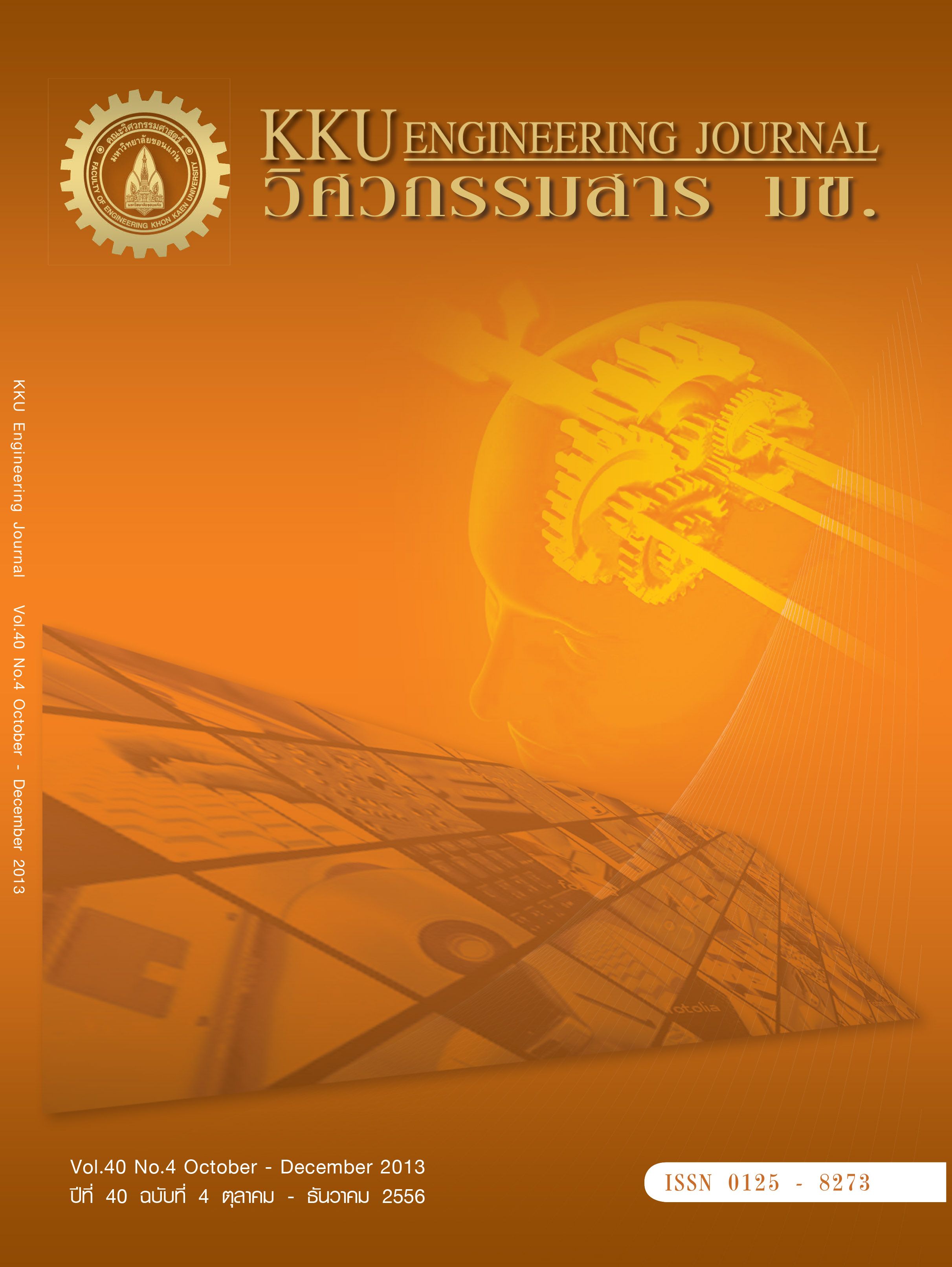An application of the value stream mapping and computer simulation for reducing an average service time for patients in the emergency care unit : a case study of the out-patient emergency care unit, Srinagarind Hospital
Main Article Content
Abstract
The objective of this research is to propose guidelines for improving service efficiency in order to reduce the
service time for patients by applying the Lean tools to create the Value Stream Mapping for determining the
patterns of service process improvement, and to create a computer simulation model for comparing the
service times of each improved process. From the study of the three main types of patients which are the
patients returning home without intervention, the patients receiving X-rays and blood tests with diagnosis to return home, and the patients receiving blood tests with diagnosis to return home; the service process
improvement could be determined into fifteen scenarios and the results from computer simulation indicated
that the sixth scenario of improvement could most reduce an average time for the typed-1 patients while the
fifteenth scenario of improvement could most reduce the average times for the patients of types 2 and 3. This
research therefore, proposed the fifteenth scenario for improving the service process, which could reduce
the average service times for the patients of types 1, 2, and 3 to 15.99, 21.29, and 18.85 percent
respectively.
service time for patients by applying the Lean tools to create the Value Stream Mapping for determining the
patterns of service process improvement, and to create a computer simulation model for comparing the
service times of each improved process. From the study of the three main types of patients which are the
patients returning home without intervention, the patients receiving X-rays and blood tests with diagnosis to return home, and the patients receiving blood tests with diagnosis to return home; the service process
improvement could be determined into fifteen scenarios and the results from computer simulation indicated
that the sixth scenario of improvement could most reduce an average time for the typed-1 patients while the
fifteenth scenario of improvement could most reduce the average times for the patients of types 2 and 3. This
research therefore, proposed the fifteenth scenario for improving the service process, which could reduce
the average service times for the patients of types 1, 2, and 3 to 15.99, 21.29, and 18.85 percent
respectively.
Article Details
How to Cite
Khunngio, L., & Peerapattana, P. (2014). An application of the value stream mapping and computer simulation for reducing an average service time for patients in the emergency care unit : a case study of the out-patient emergency care unit, Srinagarind Hospital. Engineering and Applied Science Research, 40(4), 527–538. retrieved from https://ph01.tci-thaijo.org/index.php/easr/article/view/21740
Issue
Section
ORIGINAL RESEARCH
This work is licensed under a Creative Commons Attribution-NonCommercial-NoDerivatives 4.0 International License.



